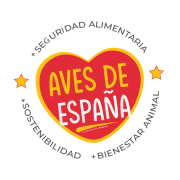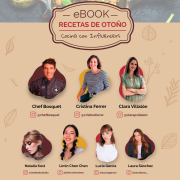AVIANZA apuesta por la cocina de aprovechamiento con carne de aves de España
- La Asociación Interprofesional Española de Carne Avícola ha llevado a cabo un taller en el madrileño Mercado de la Paz, con la chef y nutricionista Marta Verona, donde las recetas de aprovechamiento con pollo, pavo y codorniz y los productos de proximidad han sido los protagonistas
- Los periodistas y blogueros gastronómicos asistentes pudieron ahondar en cómo sacar partido a cada una de las partes de las aves y conocer recetas para no desperdiciar ni un ápice de esta carne tan versátil, saludable y económica
- Este taller ha contado con la colaboración del Ministerio de Agricultura, Pesca y Alimentación y Alimentos de España con el objetivo de seguir fomentando el consumo de la carne de aves de España entre los consumidores
- Según la Organización de las Naciones Unidas para la Alimentación y la Agricultura (FAO), se estima que aproximadamente un tercio de todos los alimentos producidos en el mundo se desperdician
Madrid, 20 de octubre de 2023.- AVIANZA, la Asociación Interprofesional Española de Carne Avícola, junto al Ministerio de Agricultura, Pesca y Alimentación y Alimentos de España, han llevado a cabo un taller de cocina de aprovechamiento con aves de España en el madrileño Mercado de la Paz con la reconocida chef y nutricionista Marta Verona como maestra de ceremonias.
Estas instituciones han querido profundizar en el aprovechamiento alimentario dado, por un lado, el complicado contexto económico y social por el que atraviesa la mayoría de la sociedad española y, por otro, la versatilidad y el precio de la carne de ave española. Esta carne cumple todos los requisitos para convertirse en el producto estrella de la cesta de la compra en tiempos difíciles.
Para ello, AVIANZA convocó a periodistas y blogueros especializados en gastronomía y alimentación para mostrarles en primera persona las bondades del pollo, el pavo y la codorniz como alimento saludable y de aprovechamiento.
Durante el taller, Marta Verona compartió con los asistentes las mejores opciones para cocinar las distintas partes de las aves, sus diferentes usos teniendo en cuenta las alternativas más saludables, así como diferentes recetas donde primó el aprovechamiento y la reutilización de la carne de ave. Para este taller se utilizaron los mejores productos de cercanía que proveyeron los mismos puestos del Mercado de La Paz.
Las recetas de aprovechamiento realizadas por Marta Verona fueron: Tosta de guacamole y fiambre de pavo casero; Tacos vegetales de pollo al vino tinto y Brochetas de piña y codorniz con salsa vinagreta, platos que AVIANZA compartirá en su web y redes sociales tras este evento con el objetivo de ofrecer información útil y de calidad a los consumidores.
“En este taller en particular nos hemos querido centrar en el aprovechamiento alimentario porque, lamentablemente, creemos que es lo más adecuado dado el contexto económico- social en el que nos encontramos, en el que casi podemos hablar de cocina de supervivencia” ha asegurado Jordi Montfort, secretario general de AVIANZA, y ha añadido que “ en estos casos las aves de España son un aliado para el consumidor y dan la tranquilidad a las familias de saber que, por poco dinero, están alimentándose de forma sana y equilibrada con la mejor proteína animal”.
El desperdicio alimentario, un problema en aumento
Con esta acción AVIANZA se ha querido sumar a la lucha contra el grave problema del desperdicio alimentario. Según la Organización de las Naciones Unidas para la Alimentación y la Agricultura (FAO), se estima que aproximadamente un tercio de todos los alimentos producidos en el mundo se desperdician, lo que equivale a alrededor de 1.3 mil millones de toneladas de alimentos al año. Esto se traduce en un alto coste económico ya que, a nivel global, el valor de los alimentos desperdiciados supera el billón de dólares al año.
Una vez más, este taller showcooking contó con la colaboración del Ministerio de Agricultura, Pesca y Alimentación y Alimentos de España, que continúan desarrollando junto a la interprofesional acciones de fomento del consumo de aves de nuestro país. España es uno de los principales productores de carne avícola en Europa, donde se consumen al año más de 750 millones de aves de origen español. AVIANZA defiende los intereses del sector avícola español tanto en España como en el mercado internacional y representa a más del 90% de las compañías vinculadas al sector avícola, tanto de carne de pollo, pavo y codorniz. En total suma más de 5.000 granjas y centros de producción, 281 salas de despiece y procesamiento, que dan empleo directo a más de 40.000 profesionales.
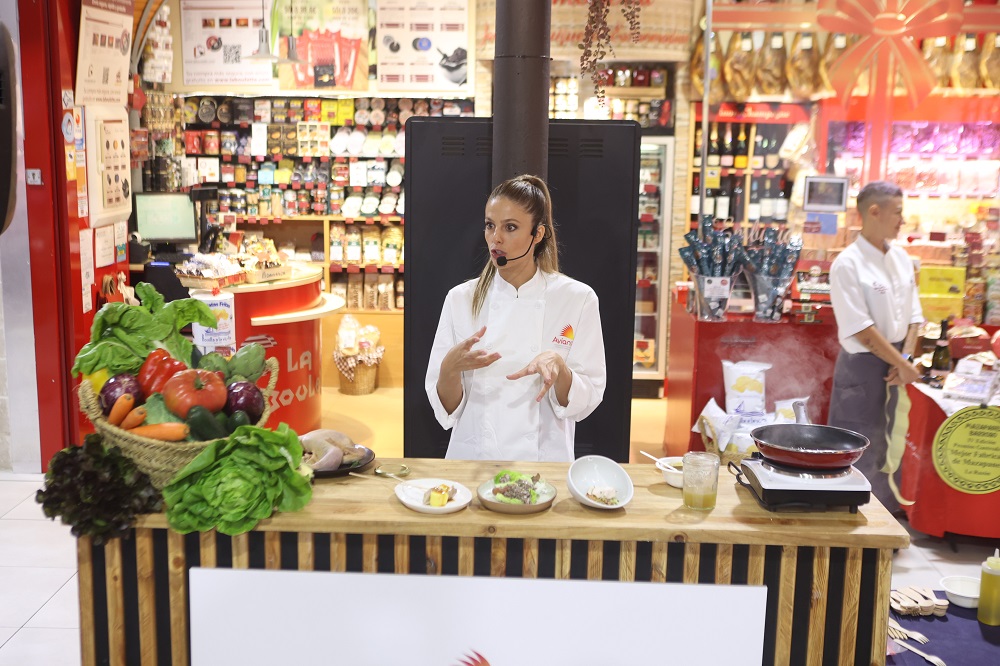
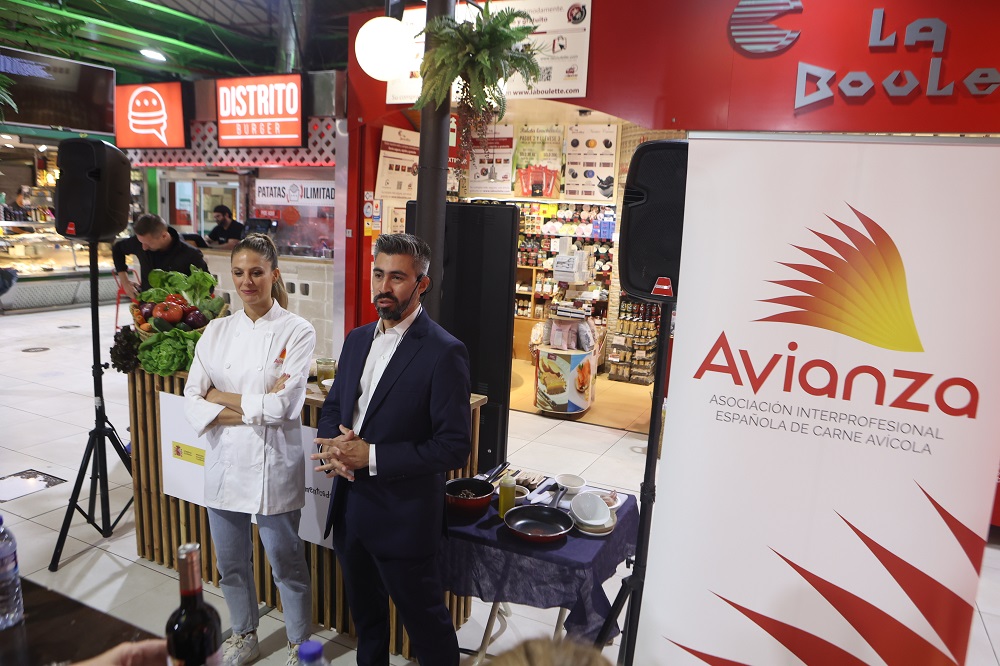
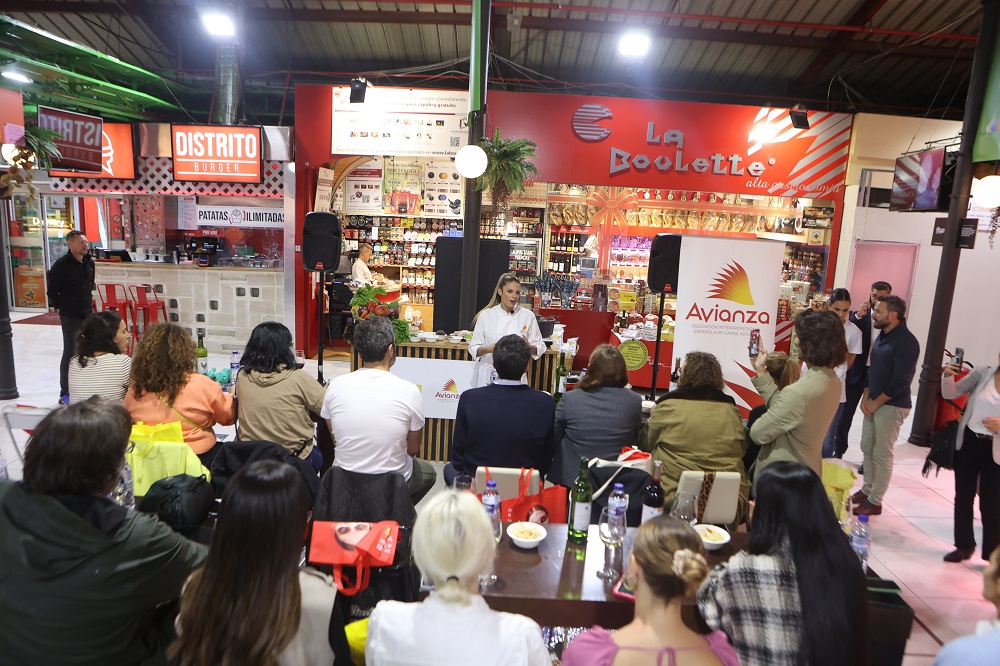
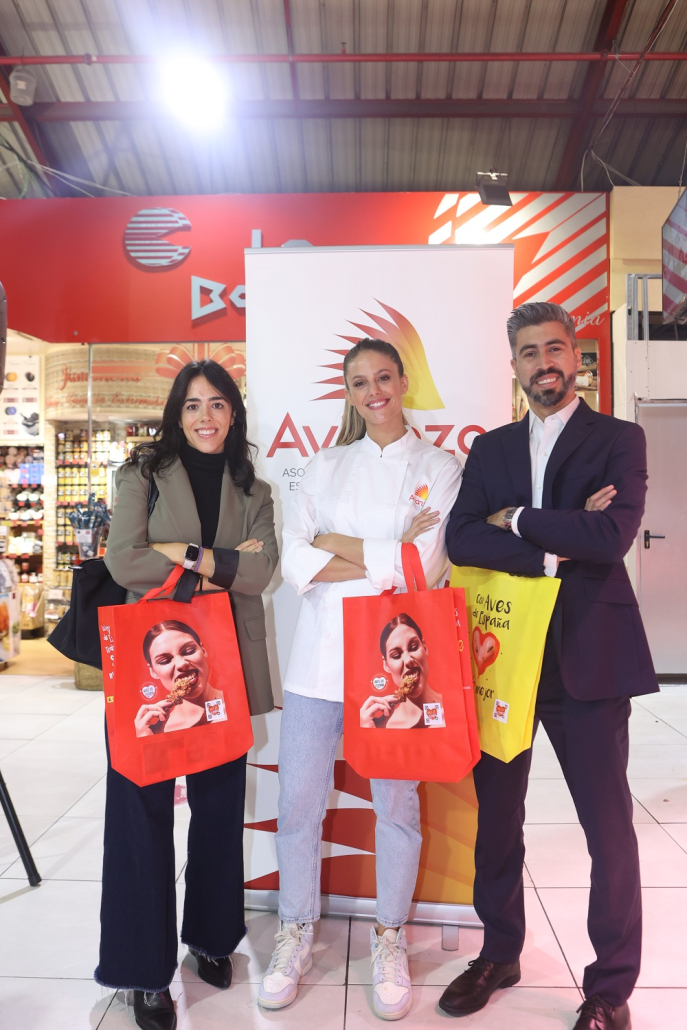
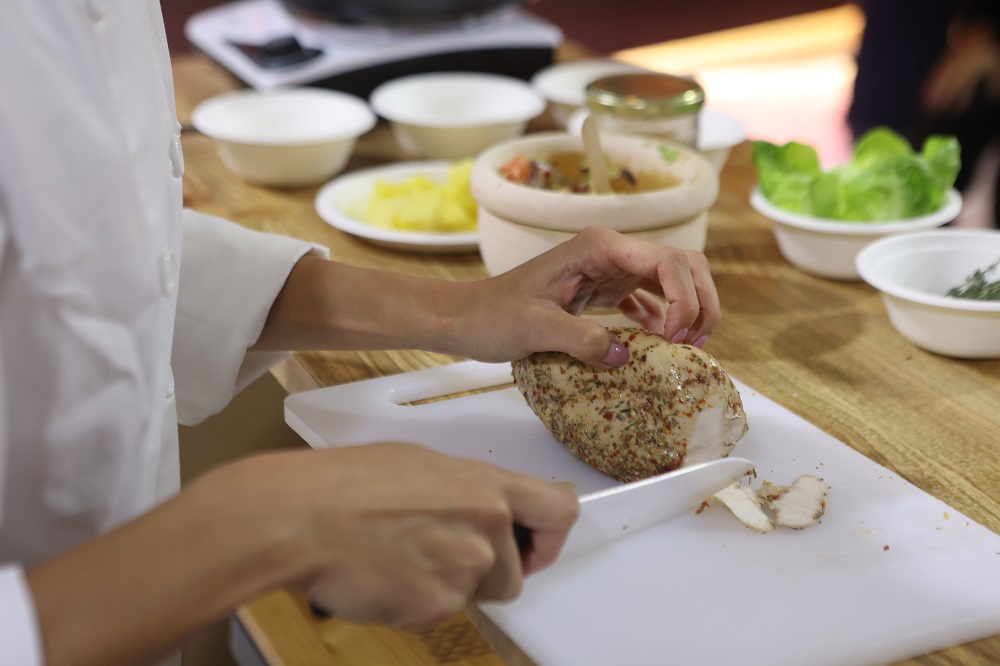

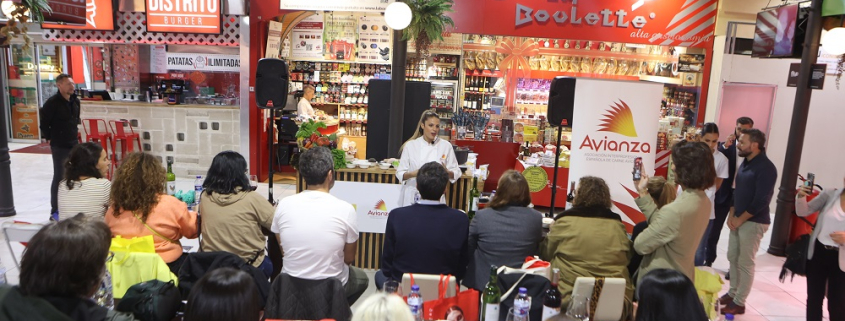
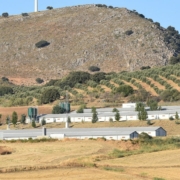
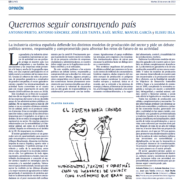


 Avianza
Avianza 
